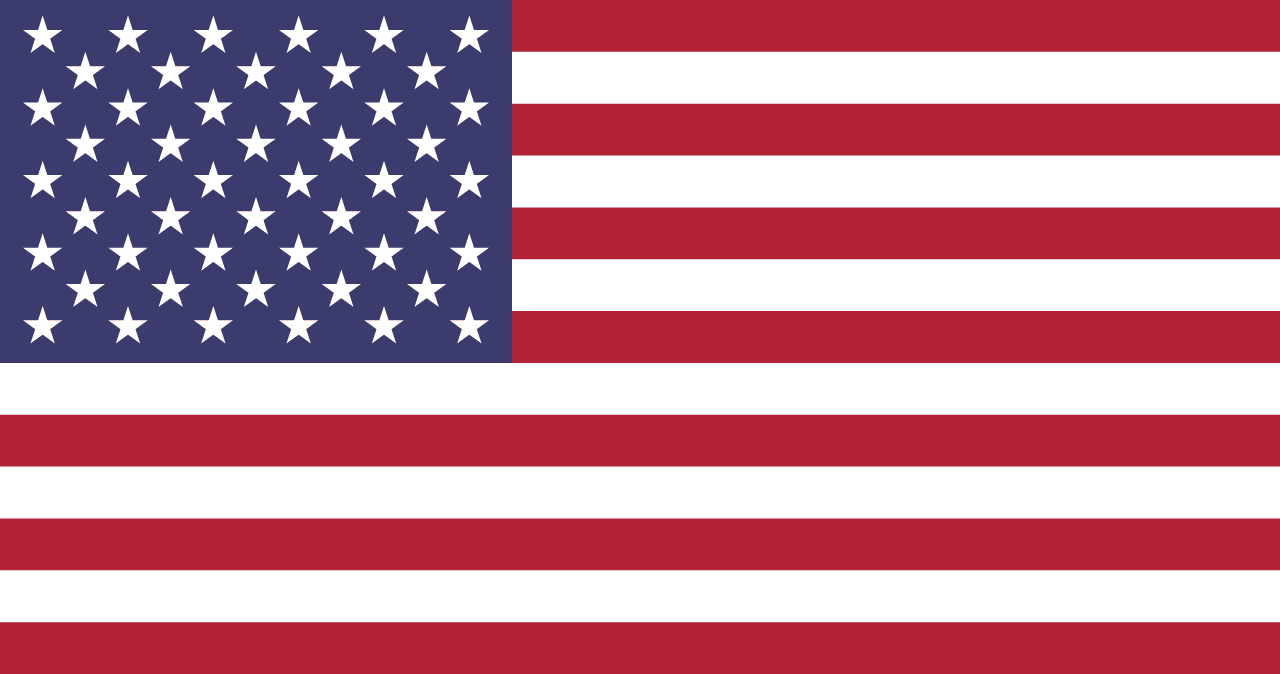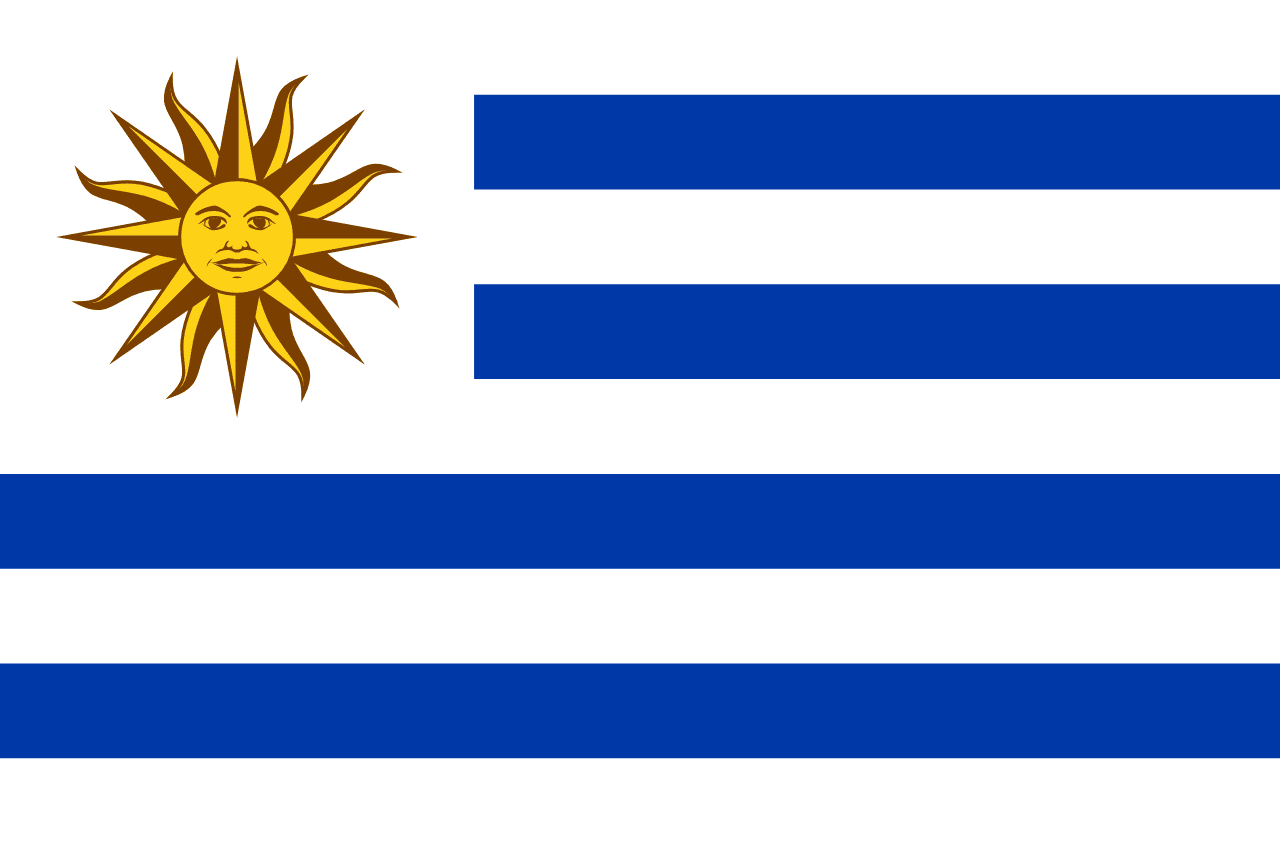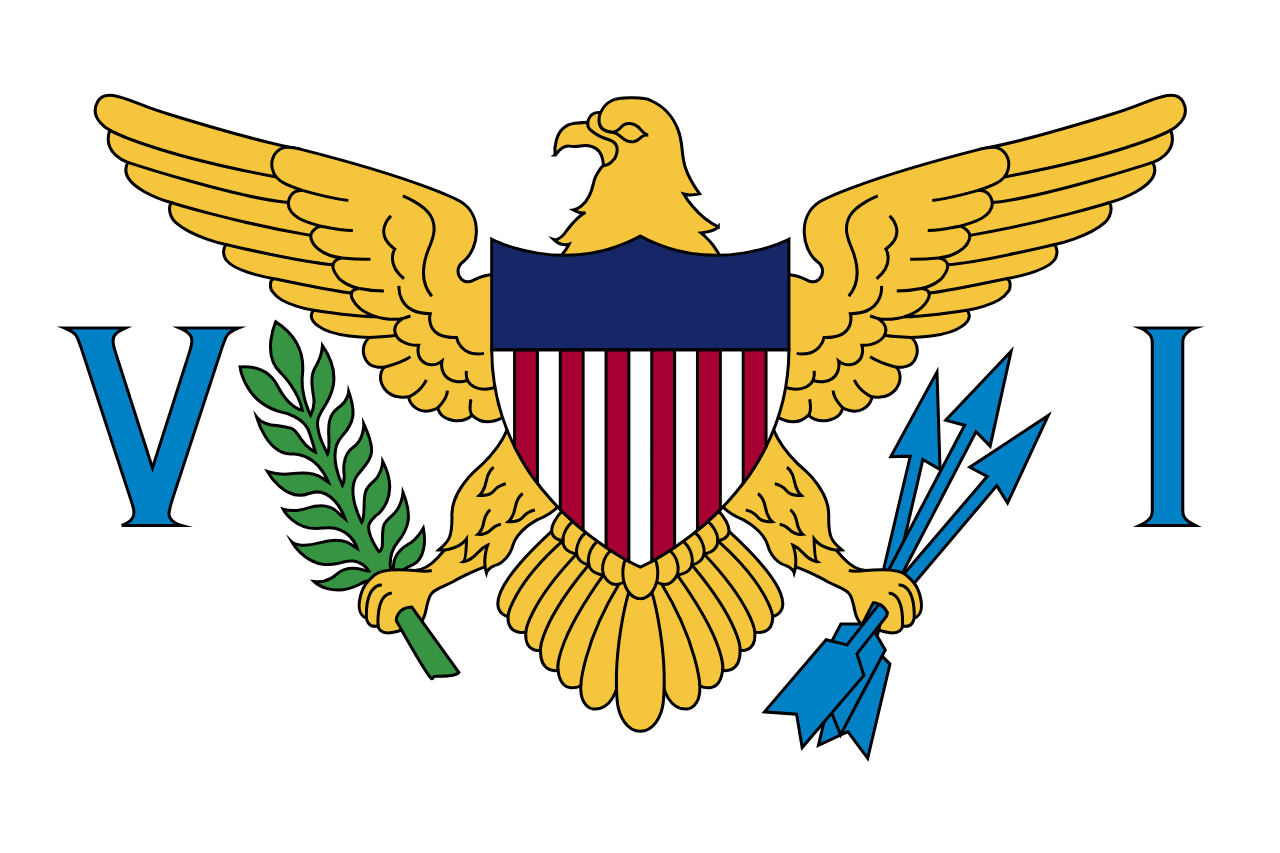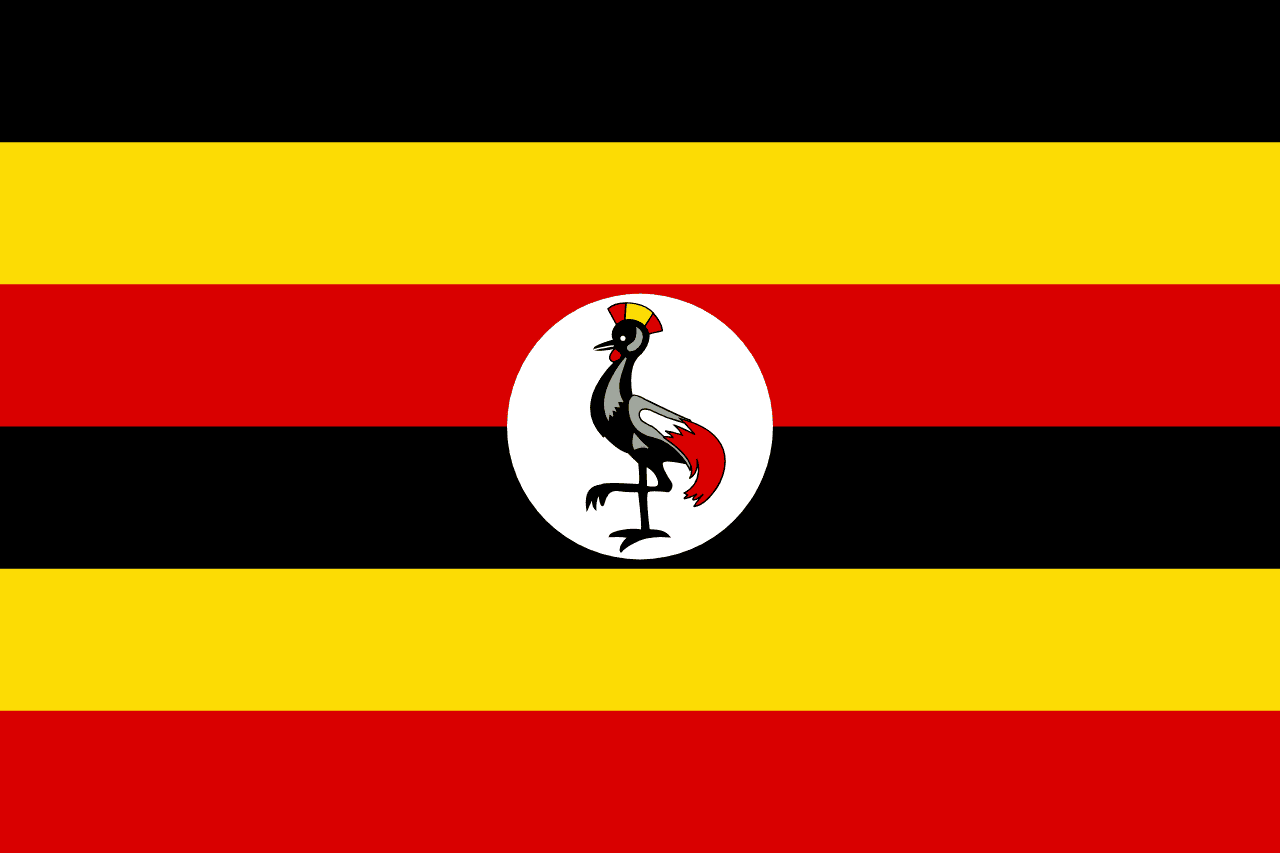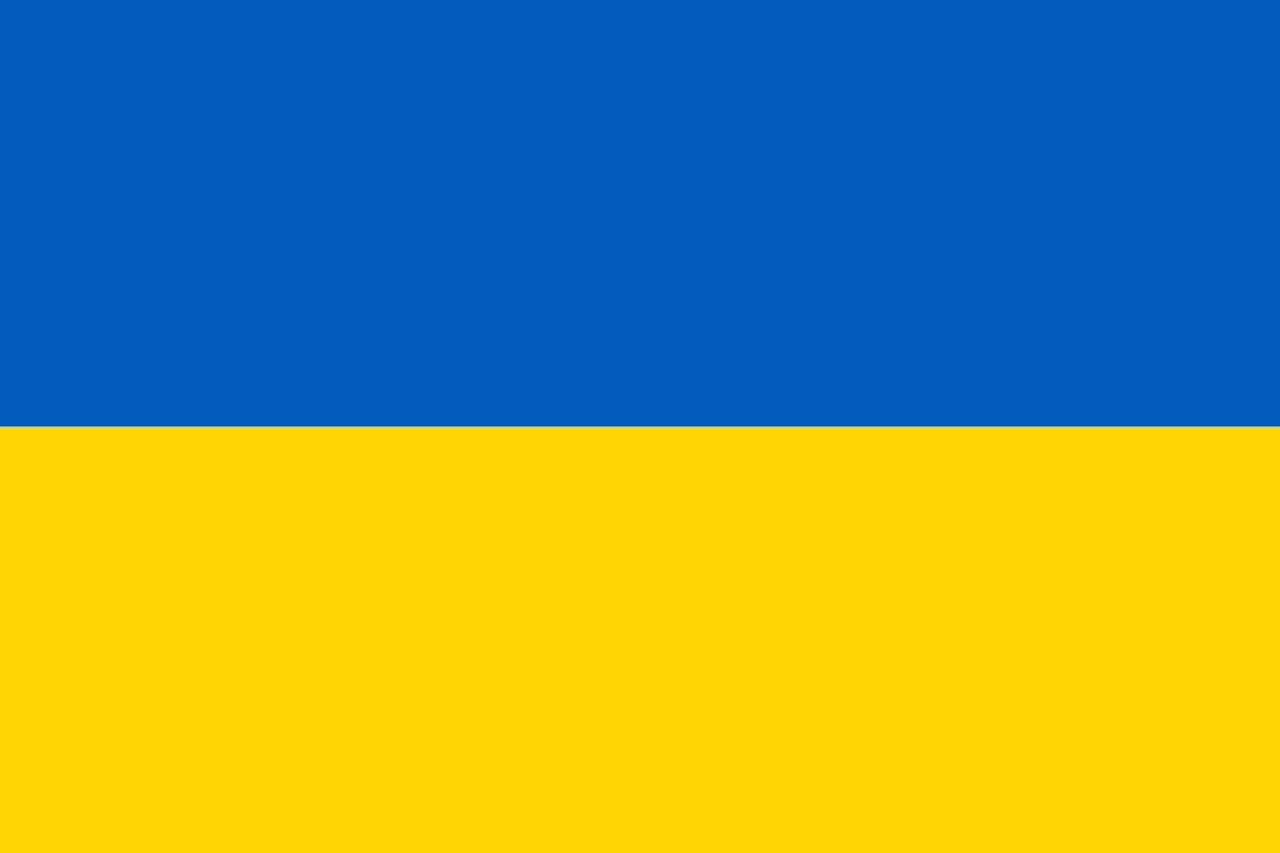The flag of the United Kingdom, commonly known as the Union Jack or Union Flag, is a striking symbol of unity and diversity. Its design incorporates the combined crosses of St. George, St. Andrew, and St. Patrick, representing England, Scotland, and Ireland respectively. This complex amalgamation of national symbols reflects the rich history and political union of the constituent countries that form the United Kingdom.
United Kingdom information
| National Flag Day | — |
| Sovereign state | Yes |
| Official name | United Kingdom of Great Britain and Northern Ireland |
| Capital | London |
| Population | 67,621,852 |
| Area | 243,610 km² |
| Currency | Pound sterling (GBP) |
| Language | English, Welsh, Scottish Gaelic, Irish |
| Continent | Europe |
| Region | Northwestern Europe |
| Subregion | British Isles |
| Borders | Ireland |
| Timezone | Greenwich Mean Time (GMT) UTC+0 |
| Calling code | +44 |
| Top-level domain | .uk |
History of the United Kingdom flag
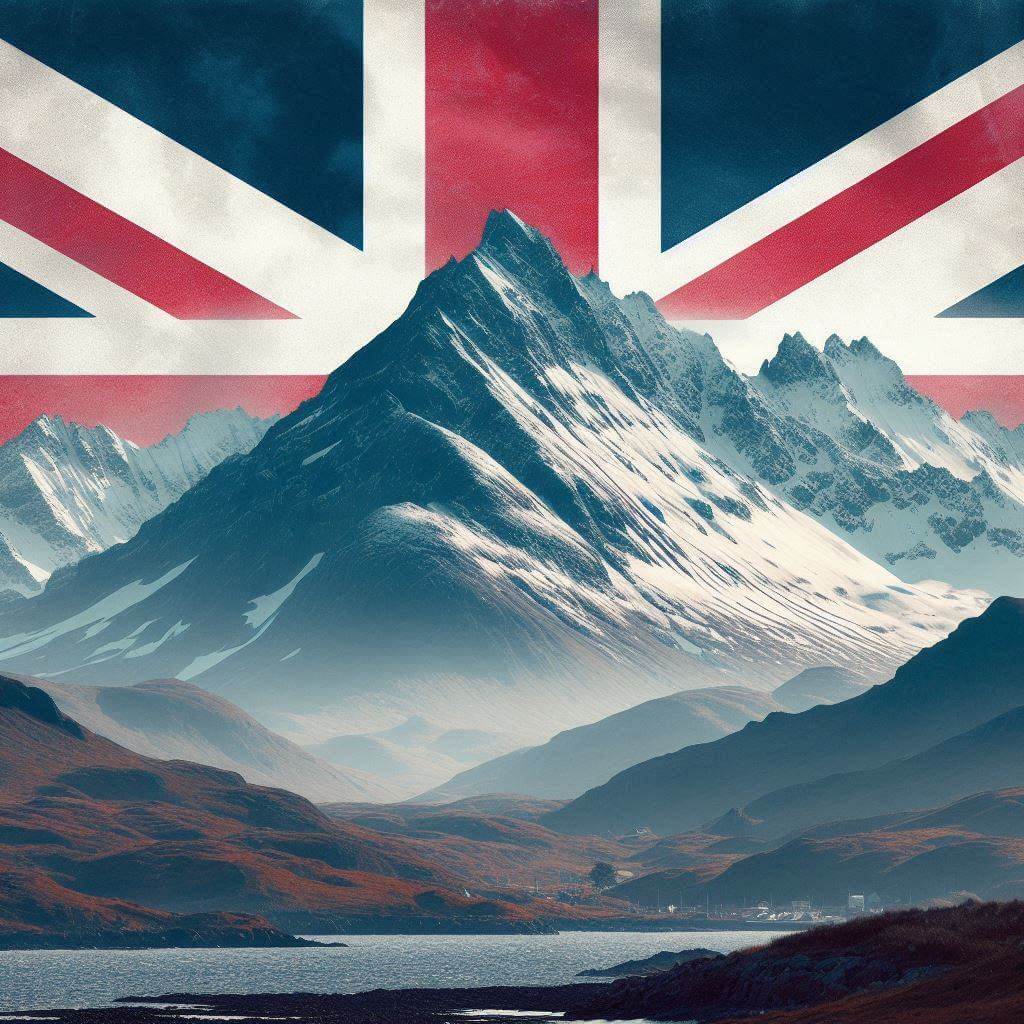 The Union Jack has evolved over centuries, mirroring the political changes within the British Isles. Its current design was officially adopted on January 1, 1801, following the Acts of Union that united Great Britain and Ireland. The flag's evolution began in 1606 when James I combined the flags of England and Scotland upon ascending to both thrones. The red cross of St. George (England) was superimposed on the white saltire of St. Andrew (Scotland) on a blue field. In 1801, the red saltire of St. Patrick (Ireland) was added to represent the union with Ireland, creating the flag we recognize today.
The Union Jack has evolved over centuries, mirroring the political changes within the British Isles. Its current design was officially adopted on January 1, 1801, following the Acts of Union that united Great Britain and Ireland. The flag's evolution began in 1606 when James I combined the flags of England and Scotland upon ascending to both thrones. The red cross of St. George (England) was superimposed on the white saltire of St. Andrew (Scotland) on a blue field. In 1801, the red saltire of St. Patrick (Ireland) was added to represent the union with Ireland, creating the flag we recognize today.
Interestingly, Wales is not represented in the Union Jack because it was already united with England when the first version of the flag was created. This omission has been a point of discussion and debate in recent years.
Symbolism and design of the UK flag
The Union Jack is a powerful symbol of the unity and diversity of the United Kingdom. Its intricate design reflects the historical and political union of England, Scotland, and Ireland under one sovereign state. The combination of crosses from these patron saints symbolizes the strength and unity of the British nation while acknowledging its constituent parts.
The flag's design is not symmetrical, which is intentional and symbolically significant. The white diagonal stripes are offset, meaning the flag has a correct way to fly. When displayed correctly, the broader white stripe should be above the red stripe on the side closest to the flagpole. This subtle detail is often overlooked but demonstrates the complexity and thoughtfulness behind the flag's design.
Usage and significance of the Union Jack
 The Union Jack is prominently displayed on government buildings, military uniforms, and during various official occasions throughout the United Kingdom. It flies above Buckingham Palace and the Houses of Parliament, serving as a constant reminder of the nation's unity and sovereignty.
The Union Jack is prominently displayed on government buildings, military uniforms, and during various official occasions throughout the United Kingdom. It flies above Buckingham Palace and the Houses of Parliament, serving as a constant reminder of the nation's unity and sovereignty.
Internationally, the Union Jack is recognized as a symbol of the UK's historical legacy, cultural influence, and global presence. It appears on the flags of several Commonwealth countries and British Overseas Territories, reflecting the UK's colonial past and ongoing international relationships.
In popular culture, the Union Jack has become an iconic design element, appearing on fashion items, album covers, and various products. This widespread use has sometimes led to debates about the appropriate use and potential commercialization of a national symbol.
Interesting facts about the UK flag
- The term "Union Jack" technically refers to the flag when flown at sea, while "Union Flag" is the proper term for land use. However, "Union Jack" has become widely accepted for both contexts.
- The flag can be flown upside down as a distress signal, but this requires careful observation due to its asymmetrical design.
- There is no law or regulation stipulating which way up the flag should be flown, contrary to popular belief.
- The Union Jack inspired the design of the flag of Hawaii, which features the Union Jack in its canton, a legacy of Hawaii's historical relationship with British explorers.
- During World War II, the Union Jack was incorporated into the flags of various European resistance movements as a symbol of Allied support.
